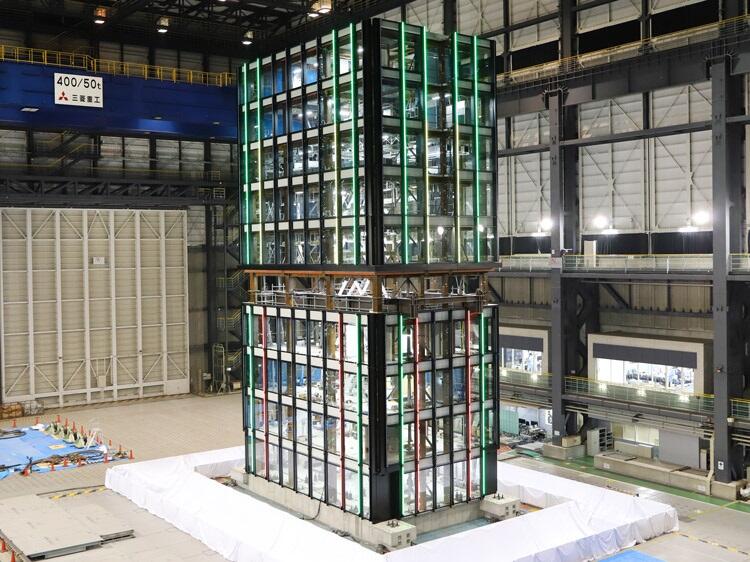
Provided by Hyogo Earthquake Engineering Research Center, National Research Institute for Earth Science and Disaster Resilience (NIED)
In this installment of the series 'Exploring megascience,' we introduce 'E-Defense,' a full-scale 3D seismic disruption experiment facility at the National Research Institute for Earth Science and Disaster Resilience (NIED) in Miki City, Hyogo Prefecture. The facility was constructed in response to the Great Hanshin-Awaji Earthquake in 1995. The full-scale shaking table has been operational since 2005, contributing to the advancement of Japan's earthquake resilience technology.
Destroying buildings to create unbreakable ones
It takes 40 minutes by train from Shinkaichi in downtown Kobe. After getting off at Midorigaoka station and driving for another 10 minutes, a large white building is visible in the corner of Miki Disaster Management Park, which stretches out in the lush suburbs of the city. This is E-Defense operated by NIED.

A few buildings with exposed underlying structures are found outside the experimental building. The inside is almost empty, and some parts do not even have windowpanes; therefore, the purpose of this building is not immediately apparent. Notably, these buildings are test specimens (models) built for shaking experiments that produce vibrations equivalent to those of a massive earthquake.
Professor Yoshiaki Nakano of the Institute of Industrial Science (IIS) at the University of Tokyo (also Director of the Hyogo Earthquake Engineering Research Center) explains, "To create unbreakable buildings, we needed an experimental facility that could create and destroy full-sized models. Therefore, E-Defense was built."
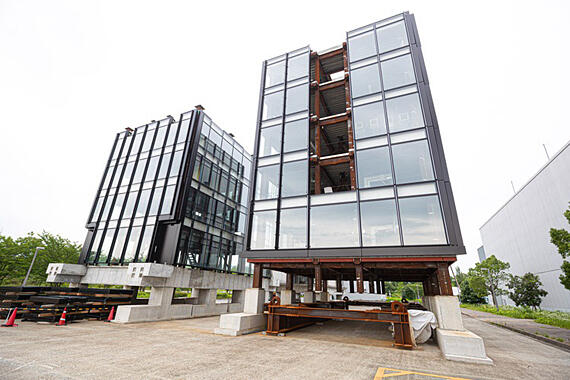
Preparing for a recurrence of the Great Hanshin-Awaji Earthquake
At 5:46 a.m. on January 17, 1995, a major earthquake (the Hyogo-ken Nanbu Earthquake) occurred, with its epicenter in the northern part of Awaji Island. This caused extensive damage, with many houses destroyed and over 6400 people dead or missing. This is referred to as the Great Hanshin-Awaji Earthquake. The maximum seismic intensity was announced to be 6; however, subsequent research revealed that a seismic intensity of 7 was recorded in the city of Kobe and the northern part of Awaji Island.
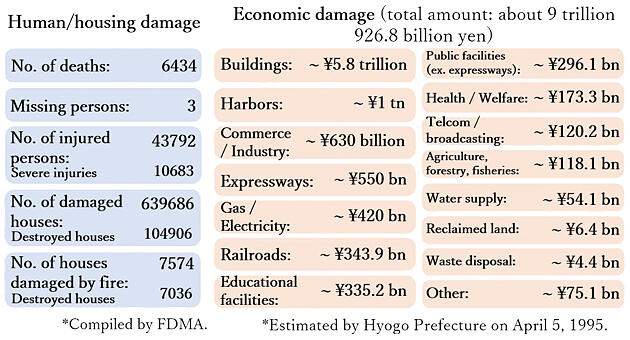
"Even before the Earthquake, I had been evaluating the performances of building structures and researching earthquake resistance diagnosis and earthquake resistance reinforcement. I thought there was something I could do as an engineer, so I helped in various ways, including visiting damaged houses to find out if they were safe,'' Nakano recalled.
How exactly should we prepare to prevent buildings from being destroyed if an earthquake of this magnitude were to occur again? As a preliminary step to developing countermeasures, examining what had happened during the Earthquake was necessary. The process by which a building is destroyed by an earthquake needed to be recreated.
"We conducted experiments at the university; however, owing to scale issues, we had to conduct them using reduced models. However, we do not know what the actual size would be like," says Nakano. It was thus decided that a new earthquake-resistant engineering experimental facility would be constructed. Miki City, adjacent to the northwest of Kobe, was chosen as the location. Nakano has served as the Center's Director since August 2022.
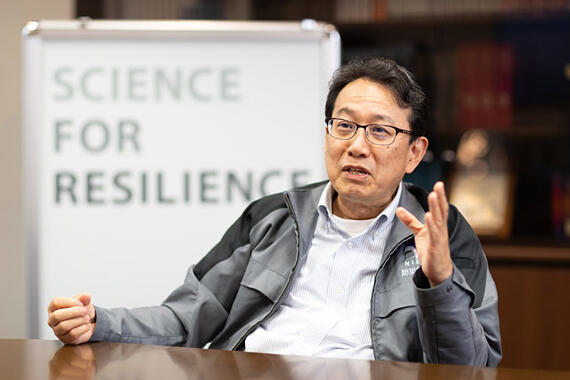
Since the completion of E-Defense in 2005, the facility has conducted more than 120 experiments to date. For example, in 2006, a major house builder conducted large-scale seismic testing. A detached house filled with various technologies developed by the company was installed and subjected to 85 seismic excitation tests, including 18 very strong earthquakes of seismic intensities within 6−7.
The building suffered no significant damage, thereby demonstrating the results of the research and development with ample clarity. These technologies have been branded as original earthquake protection systems and incorporated into homes in various locations for enhanced safety.
Producing horizontal shaking up to 2 m/s
Let's take a deeper look at the structure of E-Defense. Eiji Sato and Hirohisa Fukui of the Earthquake Disaster Mitigation Research Division gave Science Portal a guided tour of the facilities.
The 3D shaking table in the center of the experimental building measures 15 m × 20 m, making it the largest in the world. Regard this, Sato said, "In the case of compact houses, two buildings can be adjacently placed on the shaking table. This means that researchers can shake and compare old buildings with earthquake-reinforced buildings, as well as buildings having seismic isolation structures with those having non-seismic isolation structures."
It is also approximately 43 m high and can accommodate a 10-story structure, as was done in the 2015 experiment. However, the height of the doorway is only 20 m; therefore, taller structures would be built in two pieces and transported inside before being joined. Accordingly, two high-performance cranes capable of lifting up to 400 tons are installed in the experimental building.
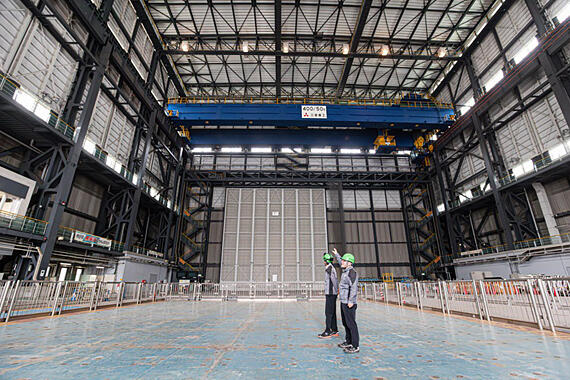
To move the shaking table, there are five horizontal shakers (actuators) on each side (x and y axis) of the table, as well as 14 vertical shakers. A joint connects them to the shaking table, which moves at maximum horizontal and vertical speeds of 2 m/s and 70 cm/s, respectively.
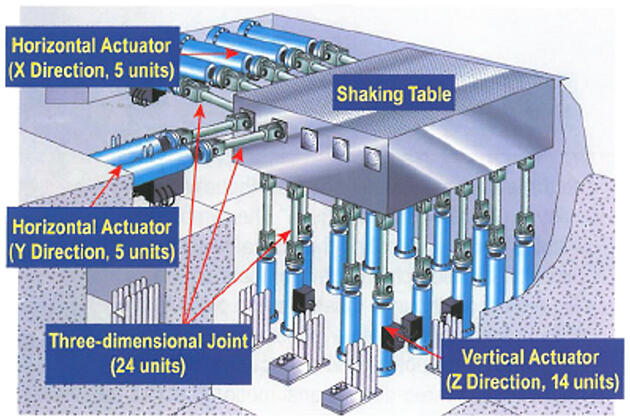
Provided by Hyogo Earthquake Engineering Research Center, NIED
Hydraulic pressure powers this large-scale device. By maximally utilizing the latest technology available at the time of construction and increasing the capacity of the 'accumulator,' a tank that stores pressure, they were able to create various shaking effects.
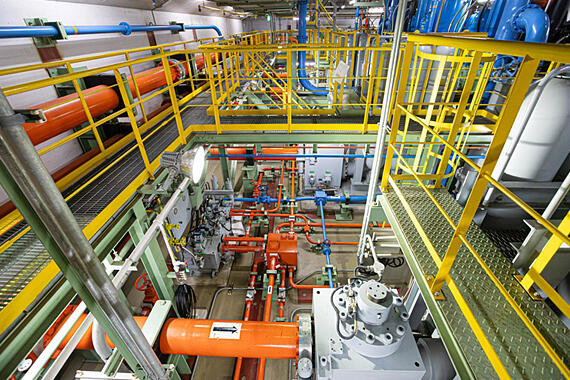
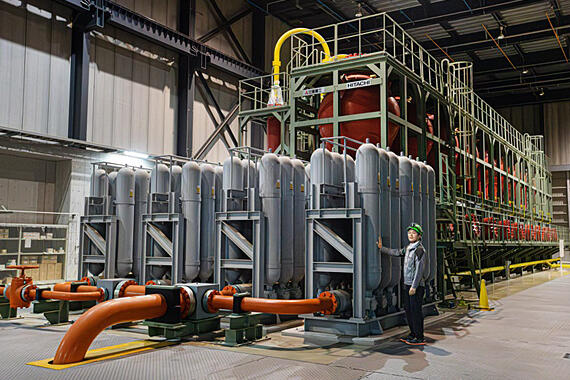
Continuing evolution with consideration for the resilience of the entire city
Six years after the E-Defense was completed, on March 11, 2011, the Great East Japan Earthquake occurred. The tremors were of a completely different duration than those of the Great Hanshin-Awaji Earthquake. "Such long-period earthquake motions could not be reproduced with previous E-Defense systems. Therefore, we upgraded the shaking table so that it can be shaken for longer durations," stated Nakano.
E-Defense is not required to conduct experiments to create unbreakable buildings. "During the Great Hanshin-Awaji Earthquake, there were many cases where buildings were unusable despite being structurally intact. Therefore, while the priority is to create buildings that do not collapse, we reckon that it is also important to preserve the functions of the buildings," Nakano explains. Since then, the performance with which buildings should be endowed to maintain their functionalities has been extensively studied via experiments.
In addition to this, research on citywide resilience is underway, with demonstrations in 2007−2009 and 2018, examining the differences in damage caused by road bridges with and without seismic reinforcement. Bridges have often been rendered unusable in previous massive earthquakes, hampering the rescue of injured people and transport of relief supplies. Experiments demonstrating the effectiveness of the seismic reinforcing method would remarkably contribute to the development of an earthquake-resistant city.
"To date, we have been conducting experiments on individual buildings. However, we need to think on a block or city basis and study possible approaches to reducing damage. In addition, I would like to conduct research concerning scenarios such as earthquake swarms and earthquakes accompanied by heavy rain," Nakano continued.
Thus, the E-Defense is constantly evolving to address the shifting challenges that it encounters.
General contractors participate in full-scale testing of seismic isolation components
After the Great Hanshin-Awaji Earthquake, the efficacy of seismic isolation structures in protecting building functions became widely known. A seismic isolation structure is a system wherein seismic isolation components (devices) are installed under the building to prevent seismic energy from being transmitted to the upper structure.
Although miniature models were conventionally created for device development, full-scale dynamic experiments were necessary. In April 2023, the Japan Seismic Isolation Laboratory (JSIL) built Japan's first full-scale seismic isolation test facility, 'E-Isolation,' in close proximity to E-Defense. Various devices such as laminated rubber and dampers are used as test specimens.
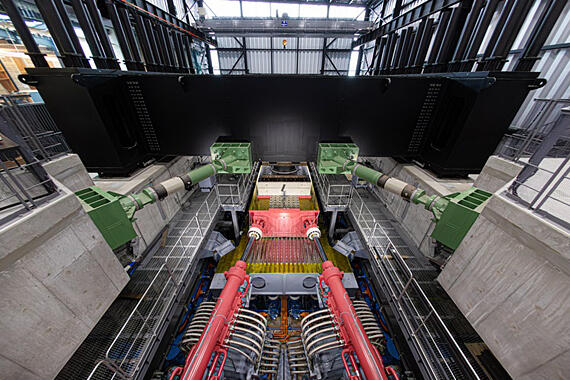
E-Isolation, which has just begun operations, does not yet have a proven track record; however, many general contractors and universities are participating in its operation, and it has shown considerable promise. "We hope to contribute to earthquake-resistance research around the world by thoroughly verifying the components that support seismic isolation structures," said Executive Director Takaaki Miyabara of JSIL.

Protecting people worldwide from earthquakes
Fukui, a member of the Earthquake Disaster Mitigation Research Division, was dispatched to Turkey, which was severely damaged by an earthquake in February of this year, to survey the affected areas. "Although everyone treated me positively, I could sense the pain and sadness in their hearts. I would like to continue doing what I can as an engineer together with the local people," he said, expressing his aspirations.
In addition, he has received requests from other international research institutions to use E-Defense. Various countries and regions, including Taiwan, Italy, and the United States of America, have been in collaboration. "There are many issues common to earthquake-prone countries. We would like to form a global team, come up with a theme, advance research by combining overseas simulations with full-scale experiments conducted here, and develop the results," said Nakano, summarizing his vision for the future.
Japan is an earthquake-prone country that has been hit by several massive earthquakes throughout its history; therefore, it has a wealth of knowledge concerning earthquakes and is at the forefront in developing effective countermeasures. E-Defense and E-Isolation have tremendous potential in mitigating earthquake damage worldwide.
Original article was provided by the Science Portal and has been translated by Science Japan.




